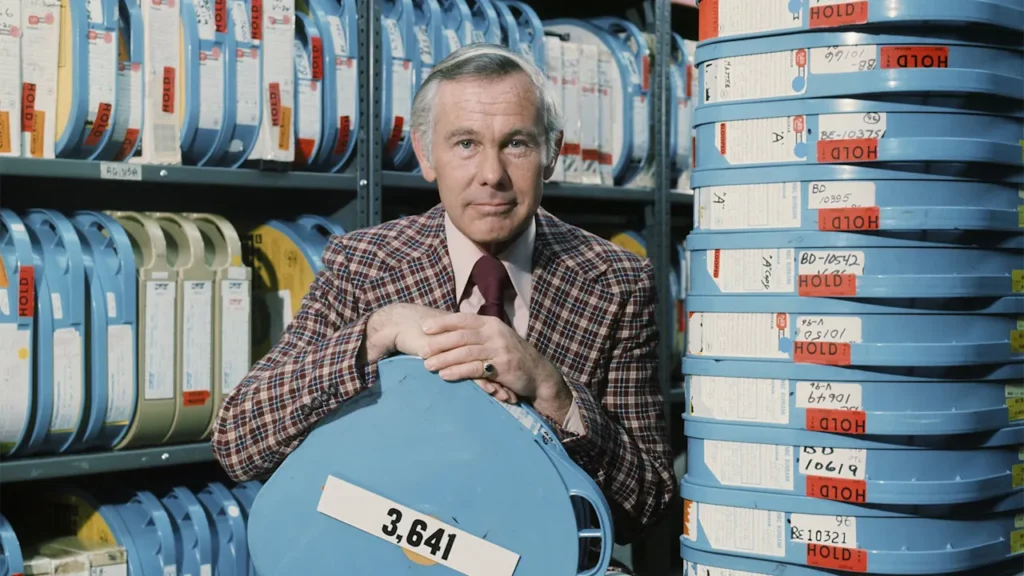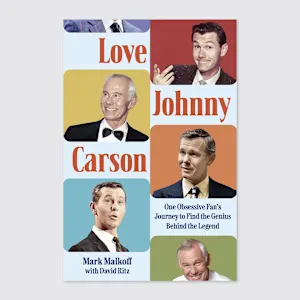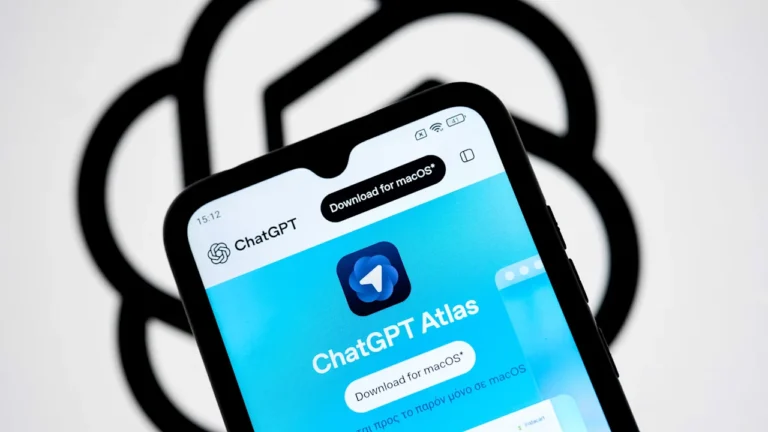
Late-night talk shows are a uniquely American invention that blend humor, the news of the day, and celebrity guests.
While Johnny Carson was not the first late-night host, he perfected the genre through trial and error during his 30-year tenure on NBC’s The Tonight Show, setting the standard for years to come.
As the longest-running host in the show’s 70-year history, he became a permanent fixture in the culture zeitgeist and a kingmaker and queenmaker, giving many comedians such as Joan Rivers, Drew Carey, and Ellen DeGeneres their big breaks.
Recently, late-night talk shows have been making headlines for unexpected—and possibly politically motivated—reasons, calling into question freedom of speech and media monopolies.
The announced ending of CBS’s offering The Late Show With Stephen Colbert and the temporary suspension of ABC’s Jimmy Kimmel Live! were both controversial moves. (CBS maintains its decision was financial not political.)
All this off-stage drama is nothing new. Carson faced his own dilemmas—including a mobster putting a hit out for him.

That’s just one of the many intriguing stories found in the new book Love Johnny Carson (Dutton, 2025) by Mark Malkoff with David Ritz. It was released just two days before what would have been the legendary host’s 100th birthday.
Let’s talk about Malkoff’s credentials before we get into the Frank Sinatra of it all.
Who is Mark Malkoff?
Malkoff’s father first exposed him to Carson’s late-night antics.
“Though my father was just an average fan of the show, like millions of other Americans, when he told me about seeing that taping, it struck a chord somewhere deep inside me,” Malkoff writes.
A super fan was created.
A young Malkoff continued his Carson education by taping the series—it presumably aired after his bedtime—and watching it the next morning while eating cereal. He would also make a pilgrimage to Carson’s Los Angeles NBC studio and attend college at NYU to be close to Carson’s New York history.
Malkoff began “The Carson Podcast” in 2014 and spent eight years interviewing people who knew the funny man. This book feels like a natural extension of the podcast. Malkoff’s purpose was to further educate the public on Carson’s “cordiality, calmness, cool, warmth, wit, and love.”
How did Frank Sinatra save Carson’s life?
Many different versions of this story have circulated for years. Malkoff spoke to comedian Tom Dreesen to get to the bottom of it all. Dreesen heard it both from Jilly Rizz, the owner of Jilly’s Saloon, and Frank Sinatra himself.
Carson was a talented entertainer who also had his fair share of demons, one of which was alcohol. In the spring of 1971, an already intoxicated Carson went out to Jilly’s with friends where he spotted a beautiful woman. According to Dreesen, Carson approached her and “put his hand up her miniskirt.”
This woman was the girlfriend of notorious mobster “Crazy” Joe Gallo, who was known for his bad temper. When Gallo found out, he warned that Carson’s days were numbered.
“The word all over Manhattan was ‘Carson’s a dead man . . . He’s gotta go into hiding,’” Dreesen told Malkoff.
Sinatra and Carson ran in similar social circles and had “bonded six years earlier at the St. Louis benefit show,” according to Malkoff.
The crooner came up with a plan to host Gallo and his family at an unpublicized charity show and make a big fuss over them. After the event backstage, Gallo thanked Sinatra and asked if there was anything he could do for him. Sinatra answered: “Johnny Carson.” While Gallo was not happy about this, he backed off for old blue eyes.
“I don’t believe anybody but Sinatra could have saved Carson’s life,” Dreesen told Malkoff.
So while Kimmel and Colbert’s recent experiences are unfortunate and life-changing, perhaps they can take solace in the fact that it was not a life-and-death situation.
Carson went on to host The Tonight Show until 1992, leaving behind a franchise that lives on today in an increasingly fractured TV environment that has been disrupted by streaming and other forms of digital media.
According to a UPI report at the time, his final episode attracted more than 62% of the television audience, some 55 million people.
